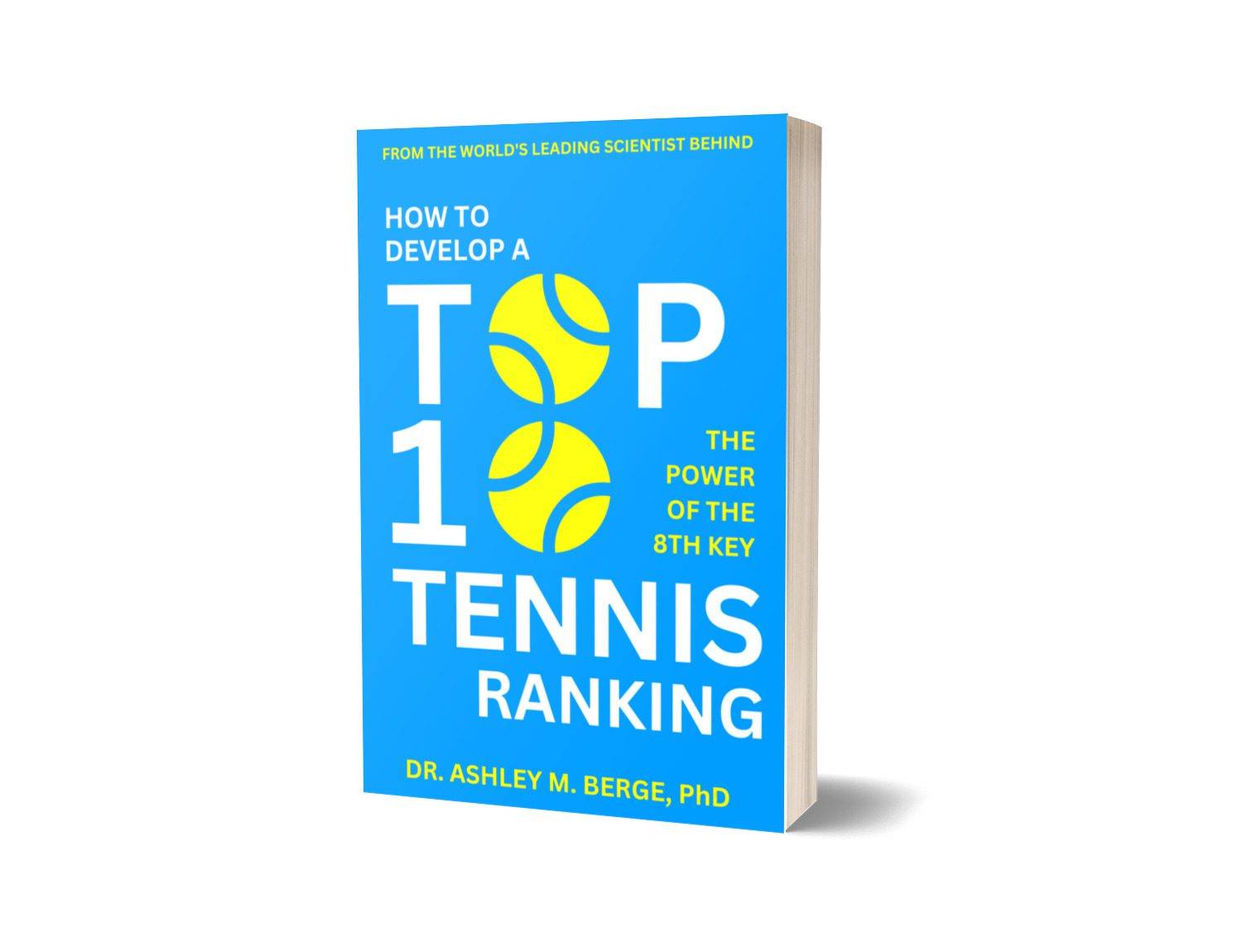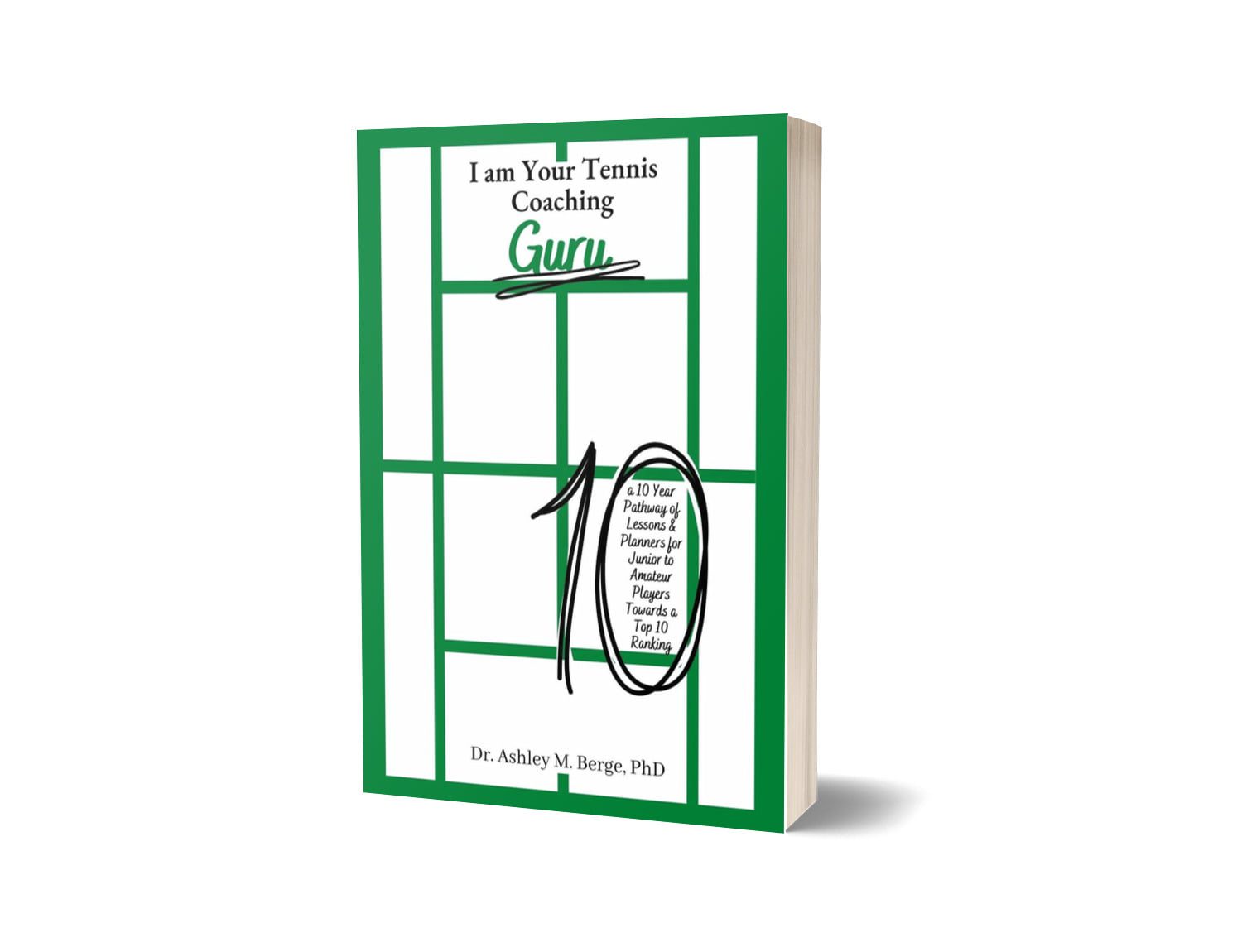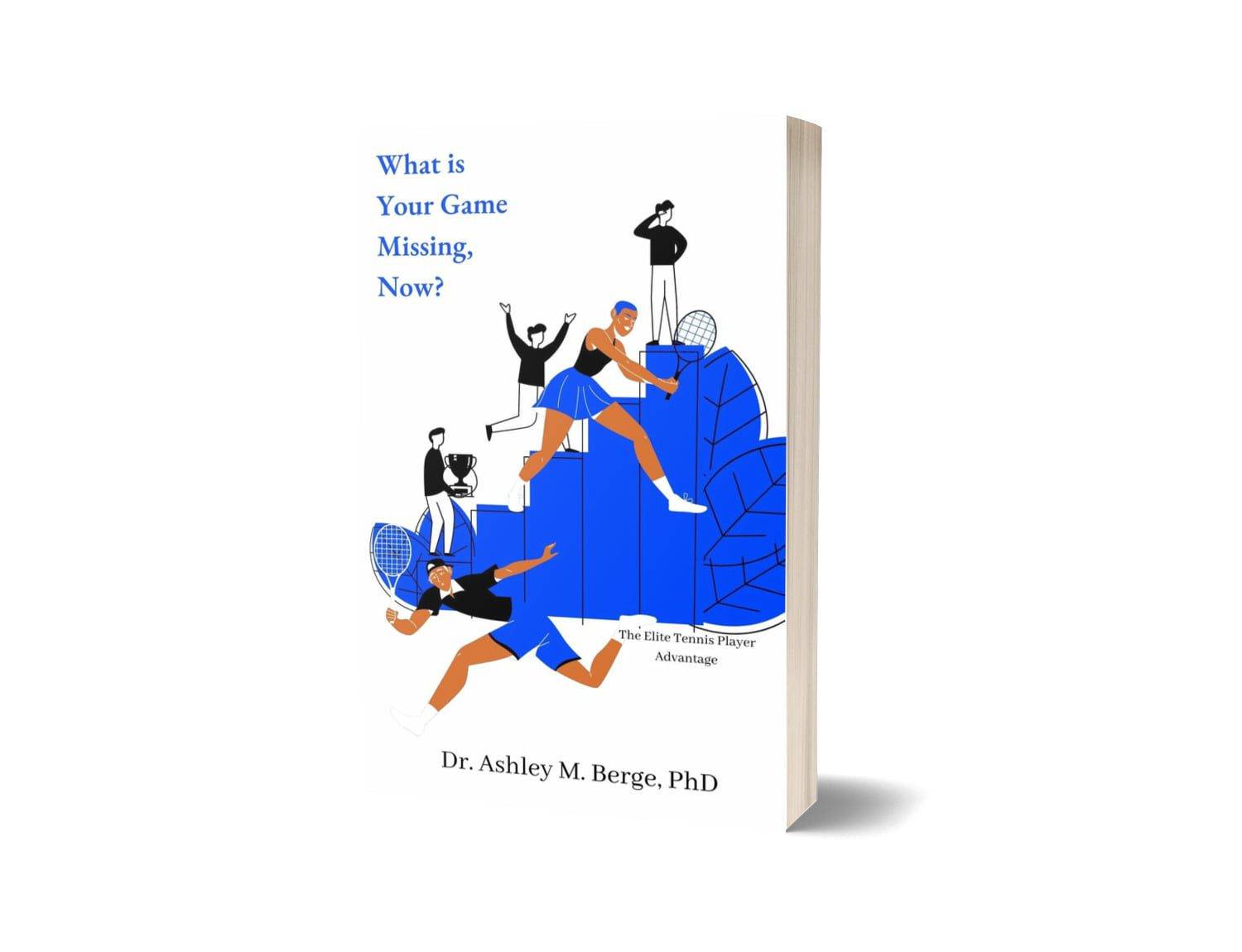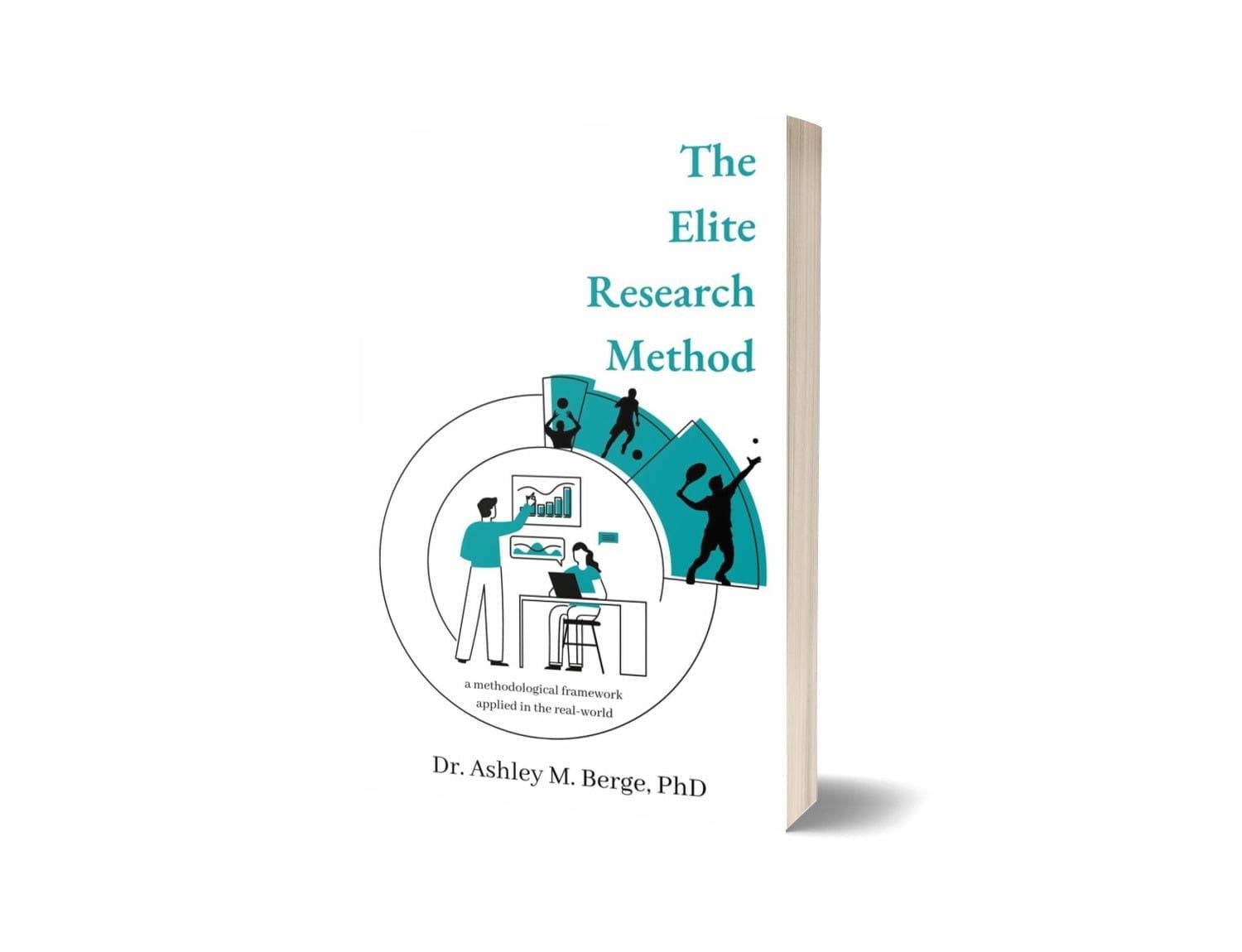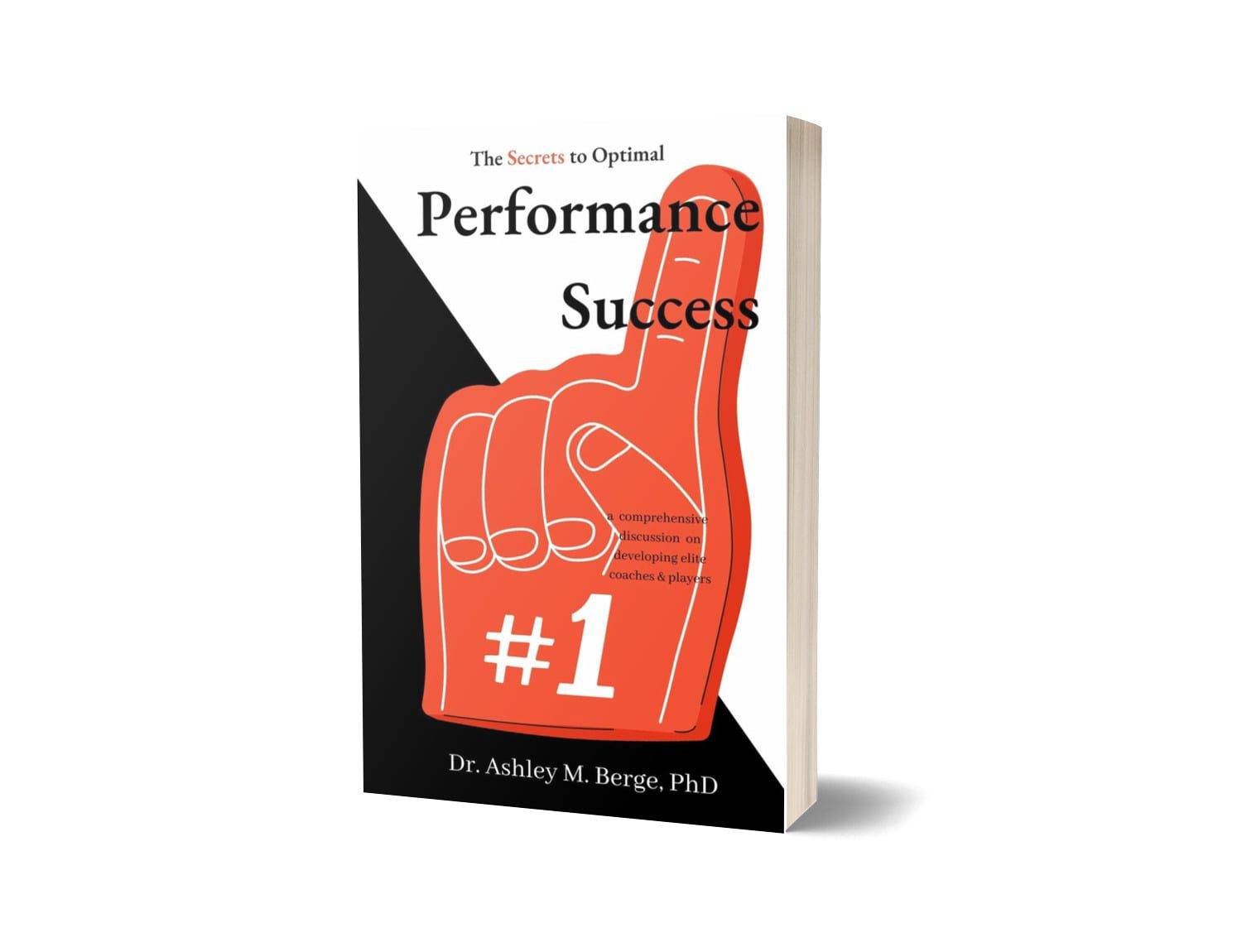
We’re definitely not done yet. The Secrets to Optimal Performance Success has provided the opportune platform to share real and fundamental insights on the initial milestones to practices if your core objective is to ascend towards a Top 10 tennis ranking. Interestingly and yet to be shared, this was never the intention between the pages. Rather, as my very first book I was to pen, my simple wish was to share ‘best practices‘ that I knew were attributed towards this end goal but equally as important at all stages of the player/athlete developmental cycle. Whether ranked inside the Top 50 on the WTA or ATP tour — key pointers await, or Top 50 nationally — the same applies. Likewise is the impact for beginner to high performance based Club and/or Academy players to be placed on The Pathway towards this level of play without the attention.
That’s right, it was purposely removed from this initial release as to not overshadow the importance of these fundamental skills at all levels of play. As such, emphasis towards a Top 10 tennis player was not explicitly shared until The 7 Keys to Optimise Your Life but even then, the Top 10 remained between the pages. The same has been the case throughout texts two to nine as it remained and remains true that attention needs to be given to the developmental stages between to incremental steps opposed to highlighting an end point. But The Secrets to Optimal Performance Success is where it begins and sets the scene for The Long Game whilst the 7 Keys remain a constant but are yet to be brought to the surface. This wasn’t to be the case until 5 years later, however, I knew how powerful these keys were and that progressive steps had to be put in place to better gauge their impact.
As a result, the practices that underscore optimal performance outcomes are as diverse as they are intricate and these remain primarily sidelined in most coach education frameworks. Where some of these principles are evident, I do not know, but I have to be of the belief that some of them are out there — I hope, to ensure the next generation of players and their respective coaches have a head start. To fill the void of What is Your Game Missing is where these practices are further amplified. At the same rate, when considering your rate of progress these fundamental steps help in piecing together the method behind the science in a much simplified context.
Built for all opposed to a few, the power is in its truth and the simple steps to guide players, coaches to parents alike on what you can do now — today, tomorrow and in the week’s ahead to build the foundations that are attributed towards the best tennis players in the world.
Not limited to if you should fire your coach to reaffirming the power of the parent-athlete relationship, these are core proponents to consider for your game as they’re all interconnected. But too much too soon is overwhelming. It’s all about being progressive — step by step. This includes year by year in the 10 Years of Play. It’s not something to be adopted overnight — it takes work. As such, irrespective what your current ranking is there are key reminders to interwoven secrets that are brought to life — dependent on your level of play and position on the performance spectrum.
And still, this is akin to one piece of a significant puzzle that is being pieced together — week after week. That is the timeline we’re working with — constant work and practice to engage the player/athlete to ensure motivation remains front and centre whilst their intention is bursting at the seems with each and every session. But this doesn’t happen from one month to the next — it may very well take a year and you’ll still be ahead of the game. Yet, even still we’re merely at the beginning when it comes to providing the next steps in place. These steps, nonetheless, are incredibly powerful as if they’re left behind you may very well be fortunate enough to advance to the Top 200 and wonder why your game has reached a plateau. Or similar, ascended towards the Top 60 and wonder why your game has become stuck. The advantage of knowing the foundations is in knowing yourself — how to get unstuck and how to ensure your ascension remains continuous with each new peak performance cycle.
Whether Top 60 or Top 200 it may very well be a new beginning. The same applies for the developmental player on the hunt for those first national ranking points. Irrespective of where your ranking is at on the performance spectrum, these secrets remain true to the ascension and integration of optimal performance metrics. But it presents one of many. And of this one is the initial foundation laid bare to integrate into your game — no matter your level of play or ranking, to ensure you’re positioned and prepared for the journey ahead.
To learn more about our data, predictive analytics and how to optimise your own performance, head on over to AM8 International. To learn more about AM8 International check out our selection of Books and/or options to join Dr B’s Pack to gain exclusive access to the best in the world. Not quite ready? Head on over to Beyond Top 10 Tennis for free access to 100+ episodes directly from Dr Berge of what it really takes to win multiple Grand Slams to securing that Top 10 tennis ranking with new episodes each week. More? Catch up on our Tips over on TikTok, Twitter, Threads or Instagram for quick snippets to apply in your game, today.

